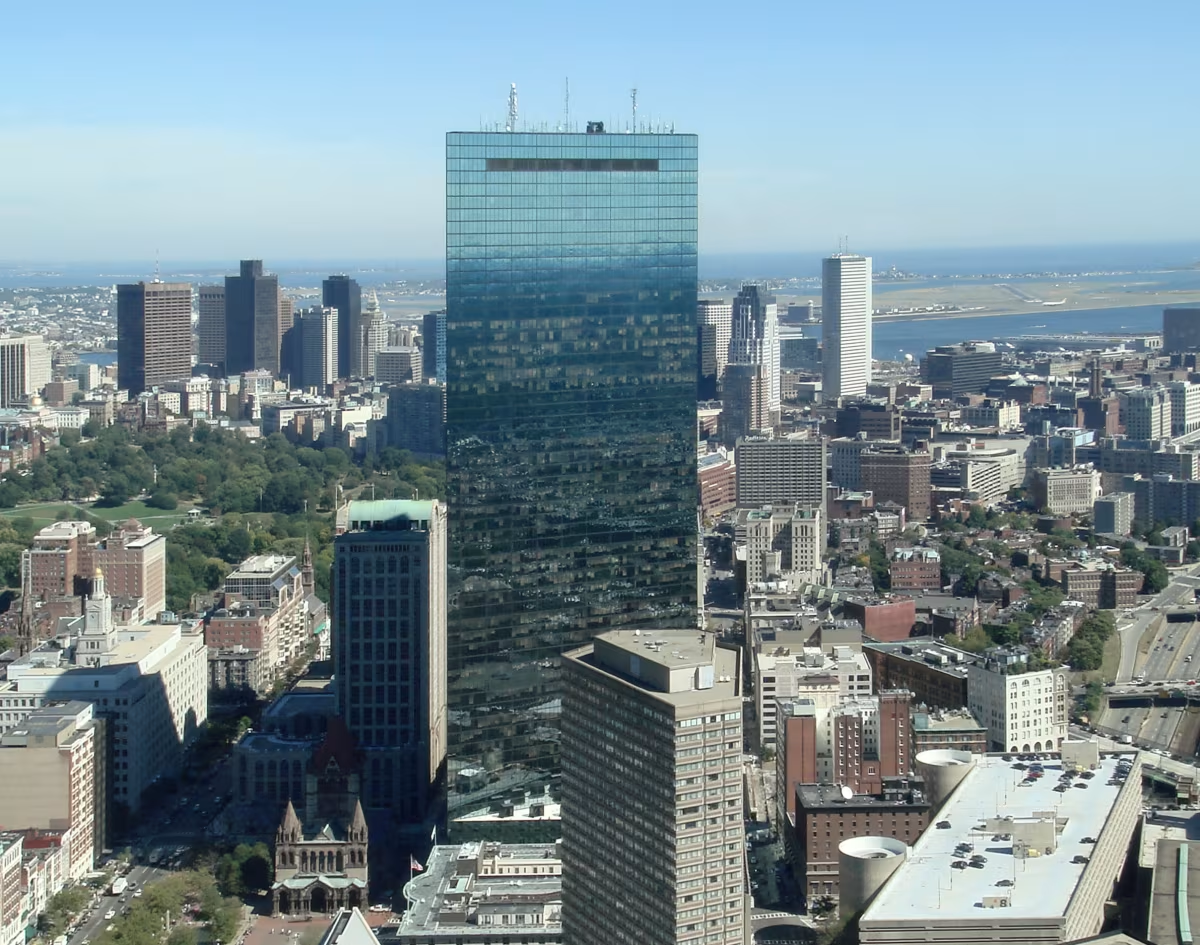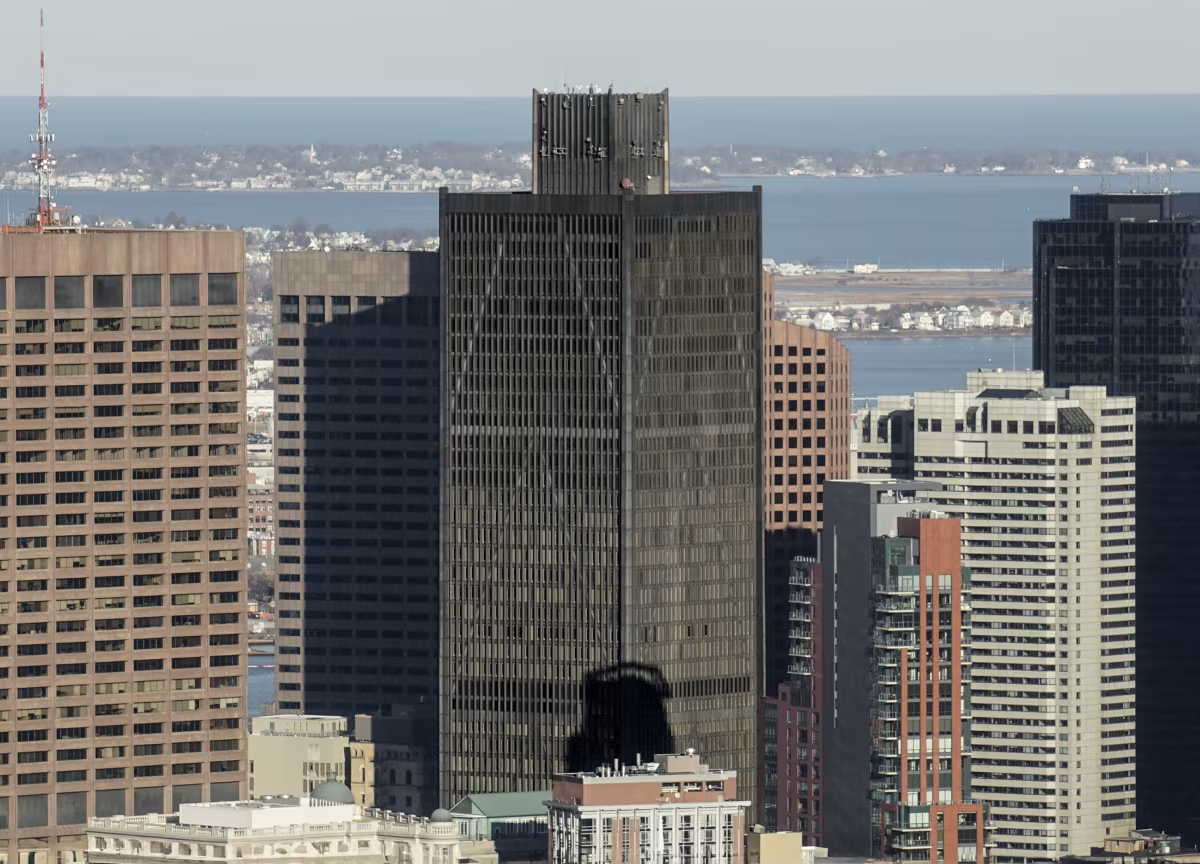John Hancock Tower vs One Boston Place Building


Comparing the John Hancock Tower and the One Boston Place Building is interesting because they both rise in Boston, MA, yet they were conceived by two different design teams, Pei Cobb Freed & Partners and Pietro Belluschi, and were completed at different points in time. They were finished more than 6 years apart.
This contrast within the same city allows us to see how different creative minds interpreted the evolving needs of Boston across time.
Let's take a closer look!
Height & Size
The John Hancock Tower is clearly the larger tower of the two, both in terms of height and number of floors. It rises to 791ft (241m) with 60 floors above ground, while the One Boston Place Building reaches 600ft (183m) with 41 floors above ground.
John Hancock Tower also offers more total built-up area, a total fo 2,809,378 sqf (261,000m2), which is about 1,862,876 sqf (173,067m2) more than what the One Boston Place Building offers.
Of course, each project may have faced different briefs or regulatory constraints, which we don't really know about and could also explain the outcome.
Architectural Style
Both the John Hancock Tower and the One Boston Place Building were designed in line with the aesthetic conventions of the International Style style.
The John Hancock Tower was designed at a moment when the International Style style was already in decline, making it more of a lingering expression of the movement. In contrast, the One Boston Place Building style was already in decline, making it more of a lingering expression of the movement. In contrast, the One Boston Place Building was built when the style still carried greater cultural weight.
Uses
Both the John Hancock Tower and the One Boston Place Building were designed to serve as commercial towers, and that has remained their main use since their completion, serving similar roles in the urban fabric.
The One Boston Place Building also provides 146 parking spaces.
Structure & Facade
The two towers rely on different structural systems, reflecting distinct engineering strategies.
The John Hancock Tower uses a Frame structural system, which relies on a regular grid of columns and beams to sustain its weight, while the One Boston Place Building uses a Trussed Tube In Tube system, that combines a central core with a perimeter tube reinforced by diagonal bracing.
Yet, when it comes to their facade, they both employed the same solution, a Curtain Wall facade.
A curtain wall is a non-load-bearing facade hung from the structural frame. It is anchored to floor slabs and transfers only its own weight and wind loads, allowing for sleek, glassy exteriors.
| John Hancock Tower | One Boston Place Building | |
|---|---|---|
| Pei Cobb Freed & Partners | Architect | Pietro Belluschi |
| 1968 | Construction Started | 1967 |
| 1976 | Year Completed | 1970 |
| International Style | Architectural Style | International Style |
| Commercial | Current Use | Commercial |
| 60 | Floors Above Ground | 41 |
| 241 m | Height (m) | 183 m |
| 261000 | Built-up Area (m²) | 87933 |
| 21 | Number of Elevators | 19 |
| Frame | Structure Type | Trussed Tube In Tube |
| Steel | Vertical Structure Material | Steel |
| Reinforced Concrete | Horizontal Structure Material | Reinforced Concrete |
| No | Facade Structural? | Yes |
| John Hancock Mutual Life Insurance Company | Developer | Cabot, Cabot & Forbes |
| James Rudrman | Structural Engineer | James Ruderman |
| MA | State | MA |
| Boston | City | Boston |
| 200 Clarendon Street | Address | 201 Washington Street |